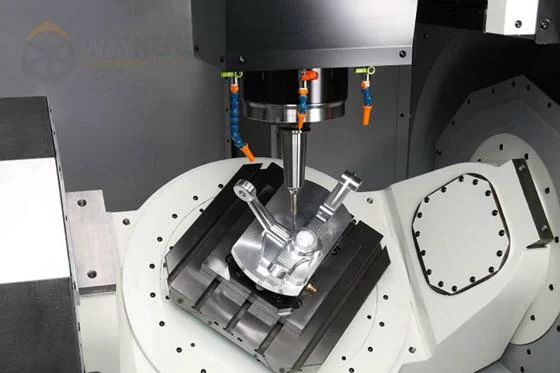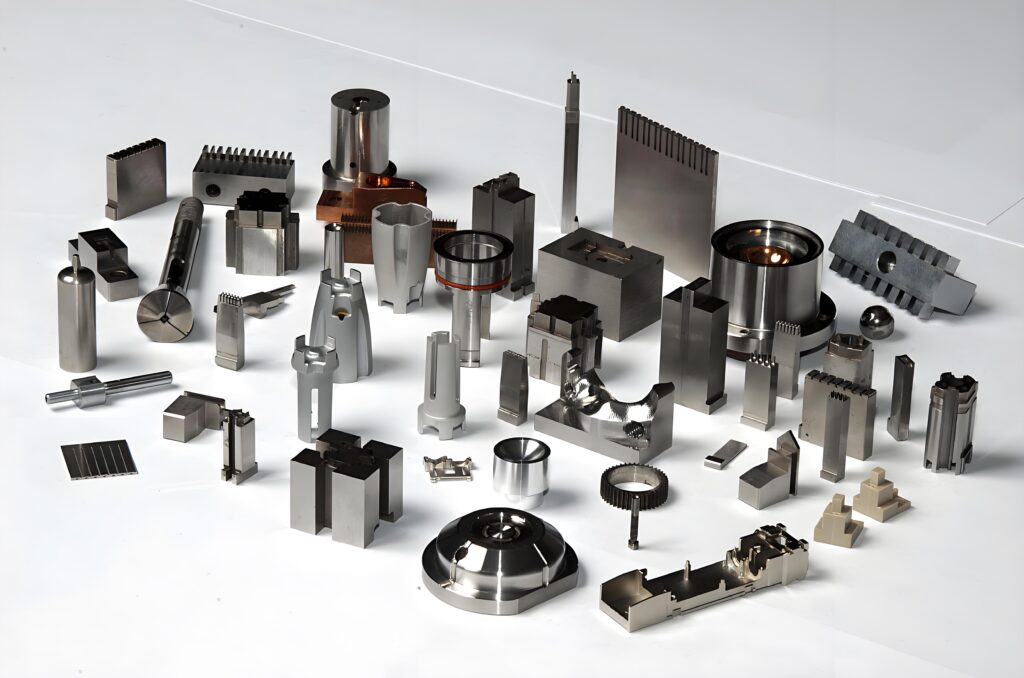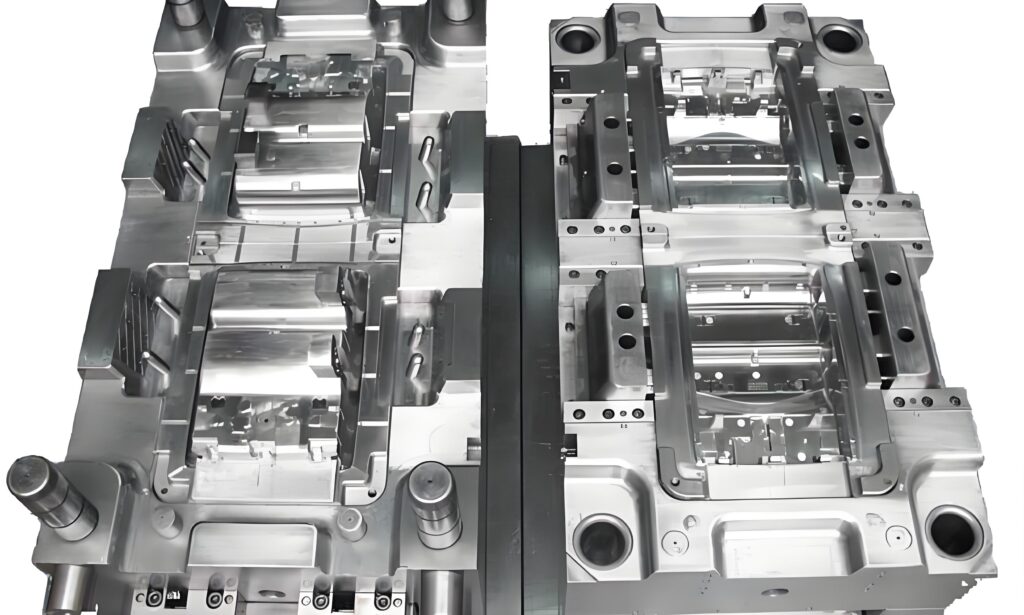In product development, time is money. Rapid mold manufacturing can significantly shorten time-to-market, helping businesses gain a competitive edge. This article details how to complete rapid mold manufacturing in just 7 days, covering the entire process from DFM (Design for Manufacturing) to design, manufacturing, assembly, and trial.
Day 1: Start with DFM
1. Define Requirements
At the start of the project, clearly outline the product’s functionality, cosmetic, and performance needs. Ensure thorough communication between design and manufacturing teams to align on achievable goals.
2. Material Selection
Choose the right mold material based on product requirements. Common rapid mold materials include aluminum, soft steel, and resin. Aluminum is widely used due to its fast processing and cost-effectiveness.
3. Design Optimization
Optimize the product design using DFM principles to reduce complexity and simplify mold manufacturing. For example, avoid deep cavities or thin walls to minimize machining challenges. define the P/L, gate, surface finishe, draft angle, cosmetic, sumulation analysis.
Day 1-2: Mold Design
1. 3D Modeling
Use CAD software to create 3D models of the mold. Ensure the design adheres to DFM principles, including considerations for draft angles, parting lines, and cooling systems.
2. 2D drawing
Define the tolerance on all the components clearly to rapid the maunfacture.
Day 2-6: Mold Manufacturing
1. CNC Machining
Use CNC machines for roughing and finishing the mold. Aluminum molds can typically be completed in 3-5 days.
2. EDM (Electrical Discharge Machining)
For complex cavities or detailed features, employ EDM for precision machining.
3. Surface Treatment
All surface keep the machine surfce, polish the deep ribs to enhance smoothness and durability if need
Day 7: Mold Assembly
1. Component Inspection
Inspect all mold components for dimensional accuracy and surface quality before assembly.
2. Assembly and Adjustment
Assemble the mold parts and perform adjustments. Ensure smooth operation of the mold’s opening and closing mechanisms and proper functioning of the cooling system.
3. Trial Molding
Conduct the first trial molding using a molding machine. Check the product’s dimensions, appearance, and functionality, and address any issues immediately.
Day 7: mold trial
1. Small-Batch Production
Use the rapid mold for small-batch production to validate the stability of the manufacturing process and the quality of the products.
2. Quality Inspection
Perform comprehensive quality checks on the pilot products, including dimensional measurements, visual inspections, and functional tests.
3. Optimization and Adjustment
Based on the pilot results, optimize the mold and production process to ensure smooth large-scale production.
Benefits of Rapid Mold Manufacturing
1. Shortened Development Cycle
Rapid mold manufacturing can reduce the development cycle from weeks to just 7 days, enabling businesses to respond quickly to market demands.
2. Cost Savings
Compared to traditional molds, rapid molds are more cost-effective in terms of materials and processing, especially for small-batch production.
3. High Flexibility
Rapid molds can be quickly modified and adjusted to accommodate design changes.
Success Stories
Case 1: Consumer Electronics
A consumer electronics company completed mold development and pilot production for a new product in 7 days using rapid mold manufacturing, ensuring a successful launch during the holiday season.
Case 2: Automotive Components
An automotive parts supplier utilized rapid mold technology to quickly test and validate new components, significantly shortening the project timeline.
Future Trends
1. Digital Manufacturing
Digital tools like 3D printing and AI-driven design optimization will further accelerate the development of rapid mold manufacturing.
2. New Materials
Advanced materials, such as high-performance composites and nanomaterials, will enhance the durability and precision of rapid molds.
3. Sustainability
Eco-friendly materials and energy-efficient processes will become key focuses in rapid mold manufacturing.
Conclusion
By leveraging efficient DFM design, rapid mold manufacturing, and optimized production processes, businesses can complete mold development and pilot production in just 7 days, significantly reducing time-to-market. As technology advances, rapid mold manufacturing will play an even greater role, helping companies stay ahead in the competitive market.



